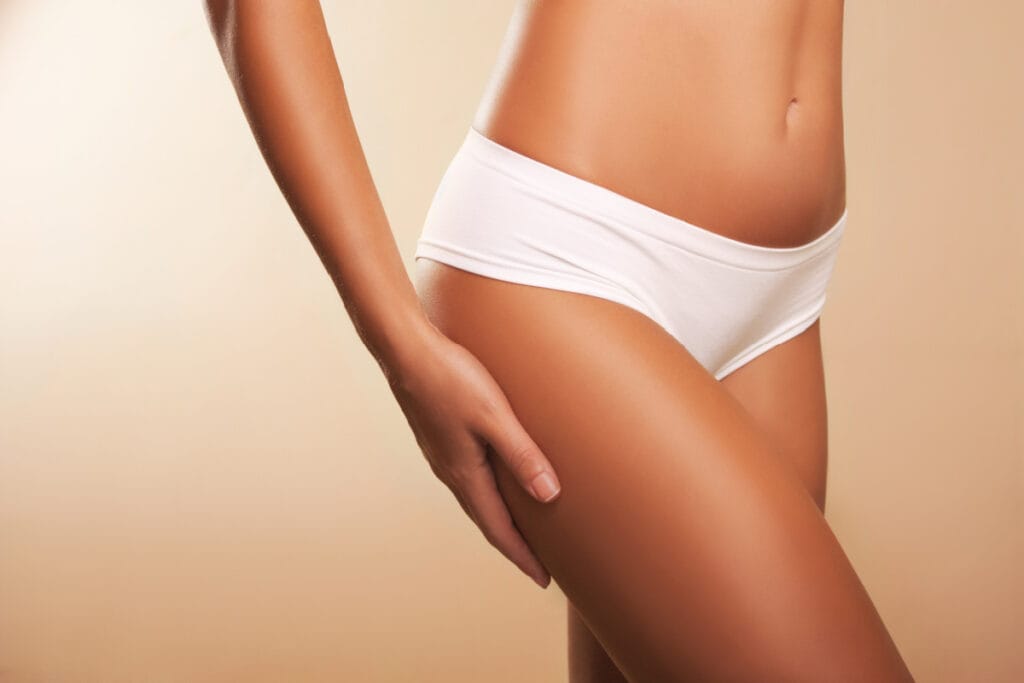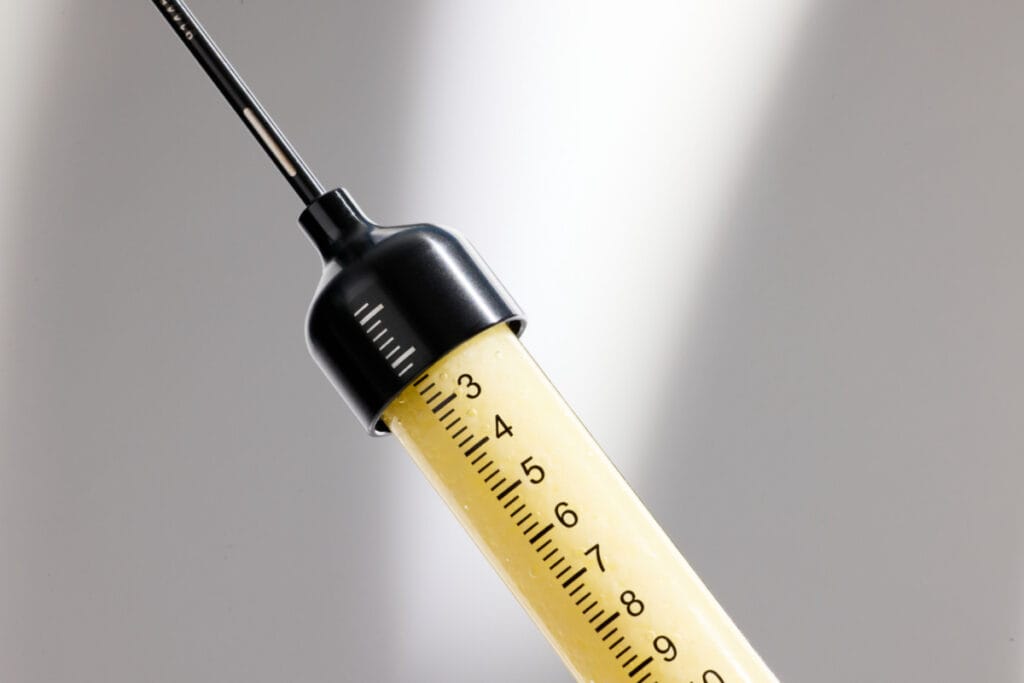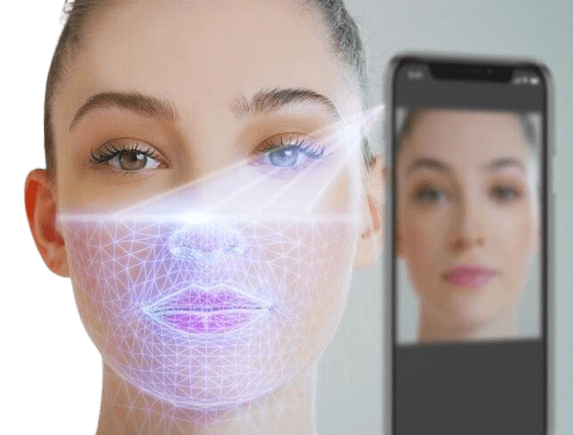
AlloClae non-surgical fat transfer represents a new category of injectable treatments—one that uses actual human adipose tissue (fat cells) rather than synthetic materials. This novel approach allows board-certified plastic surgeon Dr. Kiya Movassaghi to provide the natural-looking feel and appearance of a fat transfer without requiring surgical incisions or the need to harvest your own fat.
The innovative nature of AlloClae means Dr. Movassaghi’s patients arrive at consultations with questions they’ve never had to ask before. Using donor-derived fat tissue for body contouring is a relatively new concept, and this FDA-cleared treatment challenges many assumptions about injectable procedures.
In this post, Dr. Movassaghi answers a few frequently asked questions about AlloClae injections.
Where does the fat come from, since it’s a “non-surgical” fat transfer?
AlloClae uses donor-derived human adipose tissue that comes from carefully screened tissue donors through accredited tissue banks, similar to how other medical tissues are sourced for various medical procedures.
The donor fat undergoes extensive processing, sterilization, and purification to remove all cellular debris and donor DNA while preserving the beneficial growth factors and collagen-supporting proteins. This means you receive the benefits of real human fat tissue while minimizing the risk of immune reactions or complications associated with foreign (synthetic) tissue.

How does the injected fat compare to my real fat?
The injected tissue becomes part of your natural fat layer, giving you all the benefits of a traditional fat transfer without needing liposuction to harvest your own fat. For patients who have always wanted fat transfer but didn’t have enough in their own fat stores, this opens up possibilities that simply weren’t available before.
Will weight changes affect my AlloClae results?
Yes—since AlloClae integrates with your natural fat tissue, it behaves similarly to your body’s own fat when it comes to weight fluctuations.
That being said, moderate weight changes of 5-10 pounds typically won’t dramatically impact your results, but significant weight gain or loss of 15-20 pounds or more can affect the appearance of treated areas, just as it would affect your natural body contours.
If you’re planning substantial weight loss, Dr. Movassaghi generally recommends waiting until you’ve reached and maintained your goal weight for several months before considering AlloClae.
“I had a great experience with Dr. Movassaghi and his staff. I had consultations with other surgeons but Movassaghi was the only one to take time to explain and answered a lot of my questions for me in detail. I felt very comfortable. He listened to what I wanted. My husband asked the Dr. questions as well and he really liked him. The staff was wonderful every visit. I am so very happy with my results. Thank you!”
Can I travel immediately after AlloClae fat injections?
Since AlloClae requires only local anesthesia and has minimal downtime, travel is generally manageable within a day or two of treatment. However, long flights within 24 hours aren’t ideal due to potential swelling from altitude changes and prolonged sitting.
For patients traveling from out of town, Dr. Movassaghi typically recommends staying in Eugene for 24-48 hours after treatment, avoiding flights longer than 2 hours for the first few days, and staying well-hydrated during travel.
Road trips are usually fine after AlloClae injections, as long as you can take breaks to walk and stretch. We’ll provide specific travel guidelines based on your treatment areas and individual recovery.
AlloClae allows patients who were previously ineligible for fat transfer due to insufficient fat stores to achieve similar results.
Will people be able to tell I’ve had fat injections?
No, not likely. Like with traditional fat transfer, the enhancement is typically subtle enough that people notice you look great, but they can’t pinpoint exactly what’s different. Unlike some dermal fillers that can create an obviously enhanced appearance, AlloClae integrates with your existing tissue to create smooth, natural-looking curves. Real fat tissue integrates better than any synthetic alternative we have available.
Should I lose weight before getting AlloClae?
This depends on your individual situation and goals. Dr. Movassaghi primarily uses AlloClae to address “hip dips” and the “shoulder grooves” caused by bras. These areas can be affected by weight changes, so if you’re planning significant weight loss of 20 pounds or more, it’s usually better to wait until you’ve reached and maintained your goal weight for several months before you move forward with your procedure.
During your consultation, Dr. Movassaghi will assess your overall health, weight stability, and aesthetic goals to help you time your weight loss with your fat injections.
Learn more about AlloClae in Eugene
Dr. Movassaghi is among the first providers in Eugene to offer this innovative treatment to patients at his plastic surgery center and Ziba Medical Spa. To learn more about AlloClae or other surgical or non-surgical body contouring options, call us at (541) 686-8700 or schedule a consultation with Dr. Movassaghi online.
